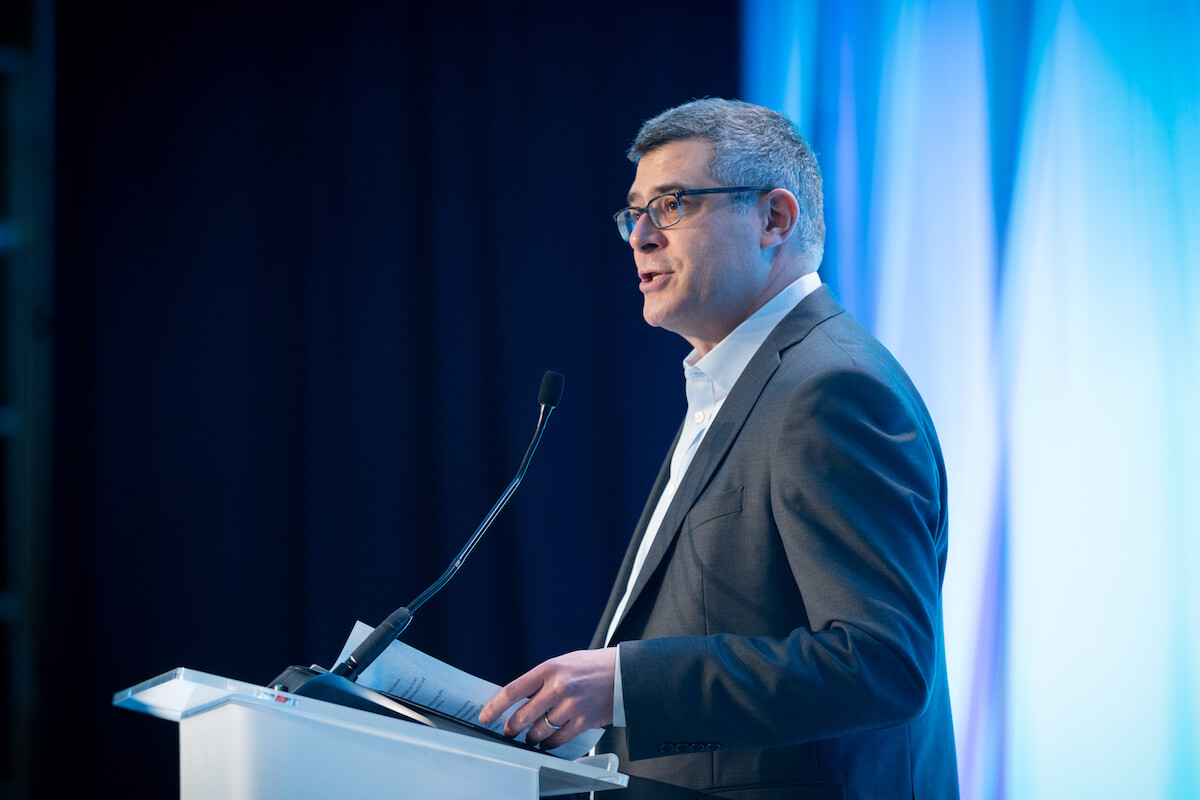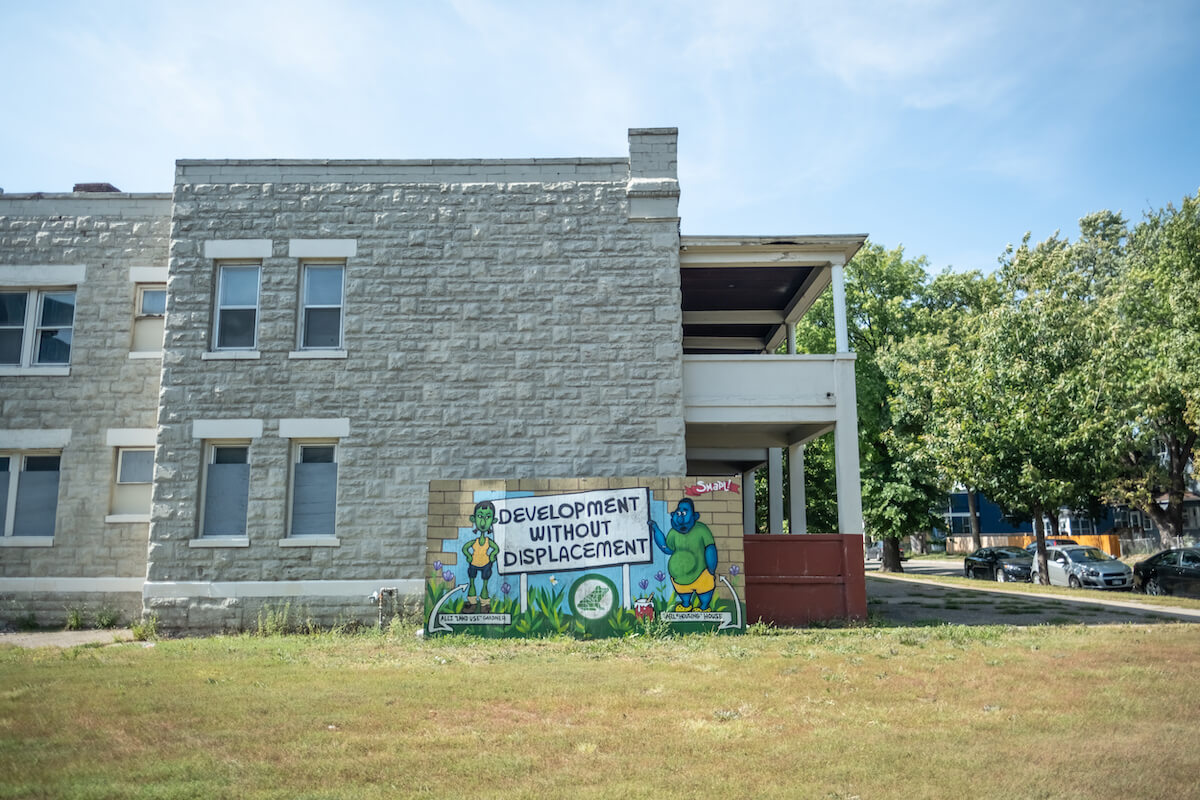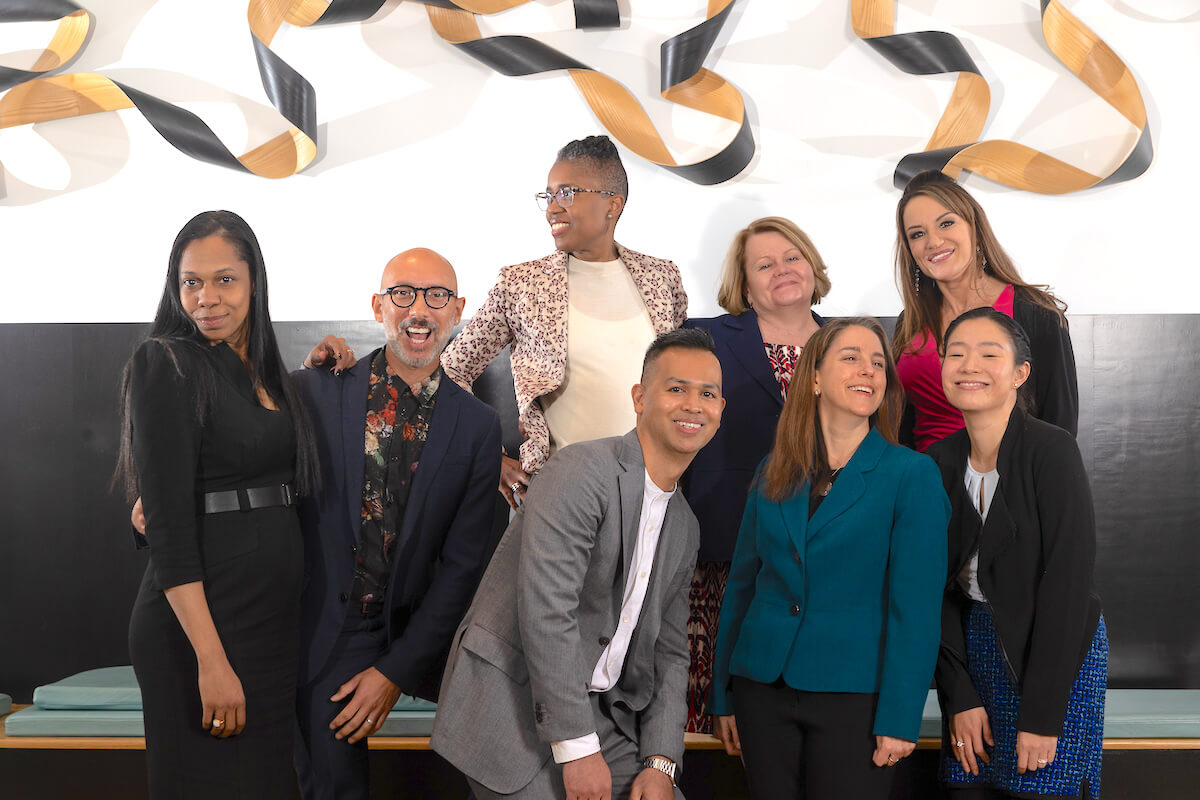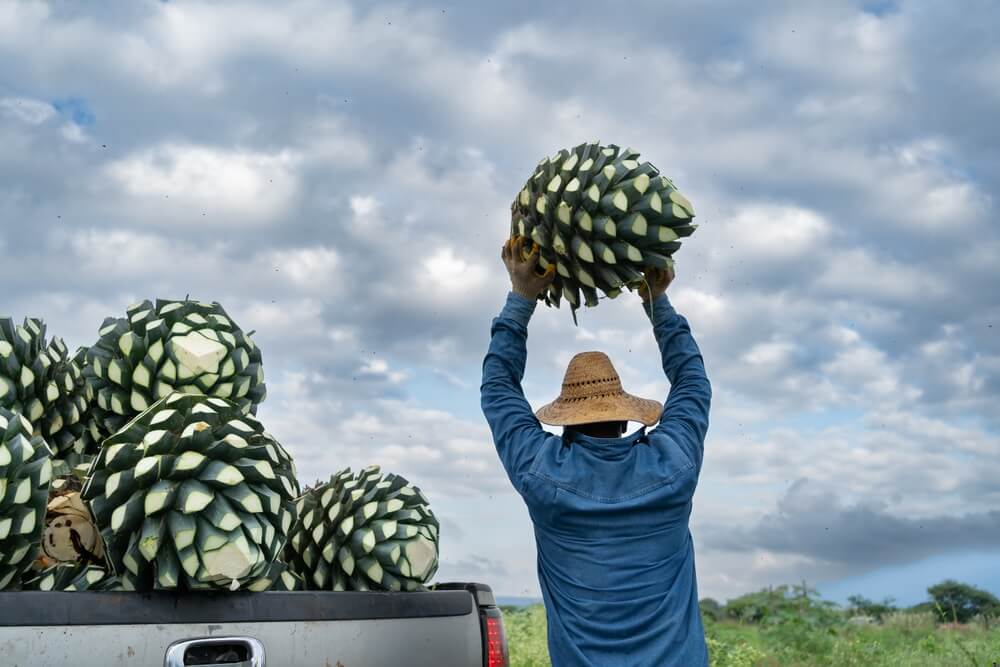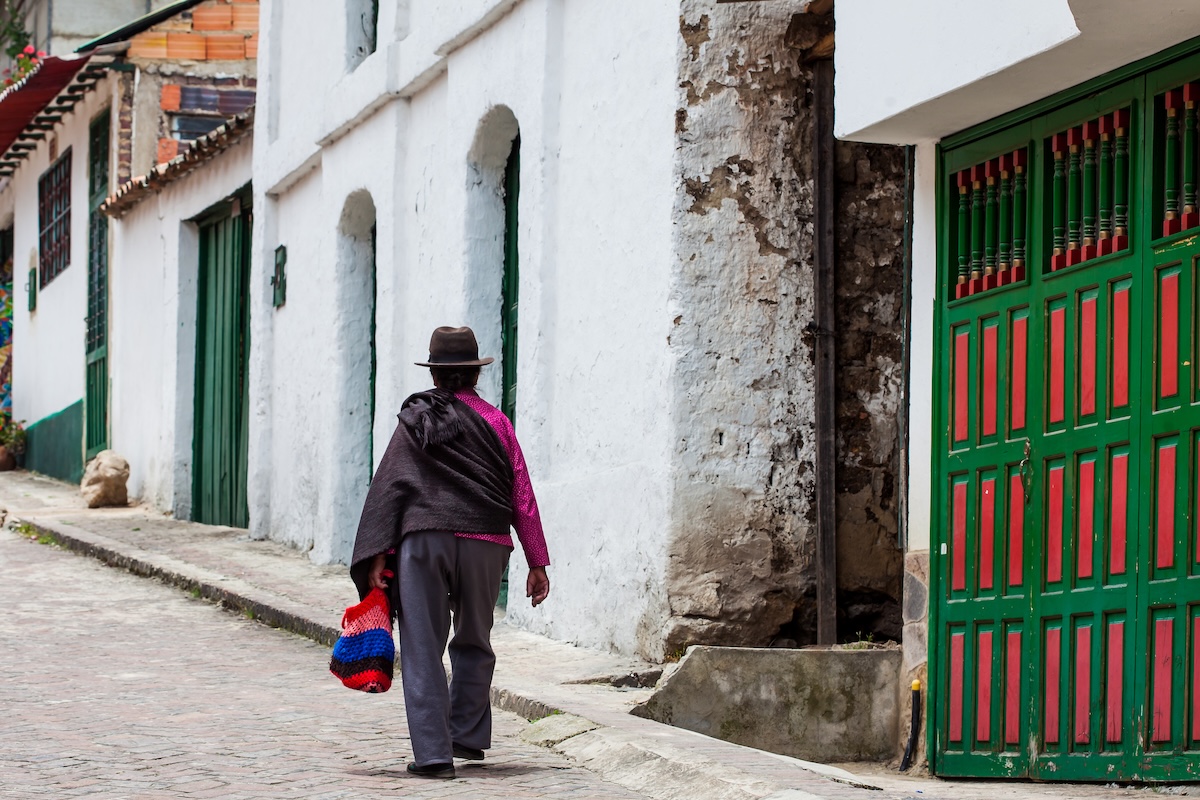What is enough?
This is a radical question to ask within modern day philanthropy. The dominant thinking could make one believe that philanthropy must exist in perpetuity for the betterment of society. But as a spend-out foundation with a mission to redistribute wealth within a span of ten years, asking what is enough is necessary for us at Kataly.
Part of the reason funders should critically engage with the question of what is enough is to interrogate the underlying assumption that philanthropy always needs more in its coffers. At its core, philanthropy should be exercised for the benefit of the commons. Similarly, at its core, capitalism allows for the freedom of capital movement without restrictions. But both of these concepts have been institutionalized in order to consolidate power in the hands of the wealthy. A foundation is a corporate institution, hence why it needs to apply for a tax-exempt status. In over 100 years, the vast majority of foundations have not reduced their core wealth largely due to their investment strategies.
Outsourcing the advancement of justice to an institution whose primary focus is survival is problematic, but that is the reality of philanthropic institutions in America, whether they are family foundations or donor advised funds.
Institutional philanthropy is billed as a tool for wealth redistribution to the commons, but in fact the core wealth of these institutions isn’t actually being redistributed. Of course, core wealth redistribution does exist—for the 1%. Corporations extract wealth from people (through stolen labor) and planet (through excessive resource cultivation) to the capital owners. Those with extreme wealth redistribute it to a philanthropic vehicle, be it a foundation or donor advised fund for a tax benefit, that vehicle then holds that wealth and extracts more via its investment strategies, and foundations grant out the minimum 5%, which is less than the 10% the S&P has returned on average per annum since 2010. If those capital owners are faced with free market pressures whereby they might fail, like for example, banks, they are bailed out.
These examples have informed our critique of philanthropy and our decision to be a spend-out foundation. As a spend-out, we are redistributing our core wealth because we acknowledge and appreciate that this wealth was earned through the extractive practices we name above. But the reality is that we are still running a philanthropic organization. While we spend our funds, the money has to be banked or invested somewhere. So our question to ourselves was: Could we develop an investment strategy that does not continue to accumulate wealth in a similar way to a perpetuity foundation?
We believe that we can, but we are learning it requires a significant amount of time, work, and emotional labor. As we develop our investment strategy, the central question of “what is enough” has been weighty and the stakes are high. The “what” being grants and administrative costs and “enough” being the amount of money we should deliver on our programmatic work in our time horizon. Capitalism and philanthropy thrive on keeping individuals in a place of scarcity – it’s why we have quarterly earnings reports or annual restricted grants.
Spend-down economics
Exploring what is enough required the senior leadership and the Board to unpack our own conditioning into scarcity.
In looking for answers, we asked ourselves some key questions:
- What could be achieved in communities with a committed pot of funds that isn’t reliant on returns?
- What would be the annual costs for running the foundation to spend-out and will these costs change over time?
- As a spend-out foundation, should we be accruing any return?
- What other programmatic work would we want to do outside of three program areas?
By asking ourselves these questions and quantifying them, we were able to put a tangible number to what is enough for Kataly. Having a real number allows us to combat the idea that we need to continue accumulating wealth, and gives us space to think more creatively about what our investment priorities could be.
As a team, we named values-aligned, non-extractive investments, capital preservation, and liquidity as our top priorities. We did not name the return because within our investigation of “enough”, we saw that the returns we had generated plus the initial capitalization was almost enough to achieve our programmatic and cost goals. We acknowledge that this is an incredibly privileged position to be in and that the funds we were invested in, while ESG in nature, were not without extractive practices from which we benefited.
Challenges
Our original goal was to take our funds fully out of public equities and mutual funds and place those funds with Black and Indigenous-led community banks and community development financial institutions. Because we would be outside of the public market, we could determine what return, if any, we would receive on our investments.
This is where we ran into our first challenge.
Systemic racism and intentional disinvestment have left many financial institutions, whether it be a Black-led community bank or a Native-led CDFI, under-resourced and lacking the internal and external infrastructure to absorb hundreds of millions of dollars in resources immediately. We had hoped that we could utilize social impact deposit programs offered by some of these financial intermediaries, but advisors and those intermediaries told us in many cases that the institutions in which we would want to invest (those that serve the communities in which we grant funds), had a high credit risk.
When we said we were willing to take that risk, some financial intermediaries told us that investing in Black-led community banks or Native-led CDFIs was above their credit risk tolerance, and therefore presented a reputational risk to that intermediary, so they wouldn’t do it.
As you can imagine, this was a big blow for us. So we had to rethink our approach. Could we really have a non-extractive investment strategy for an unrestricted reserve? Could we meet our priorities and be invested outside of public equities? Where will racism show up in this process again? Can we be additive in correcting an unjust financial system?
We are deep in this process of discovery and implementation right now and we have learned a lot. We look forward to covering more on what we are learning and how we are evolving in our next blog post.
_________________________________
Lynne Hoey is chief investment officer at the Kataly Foundation.





